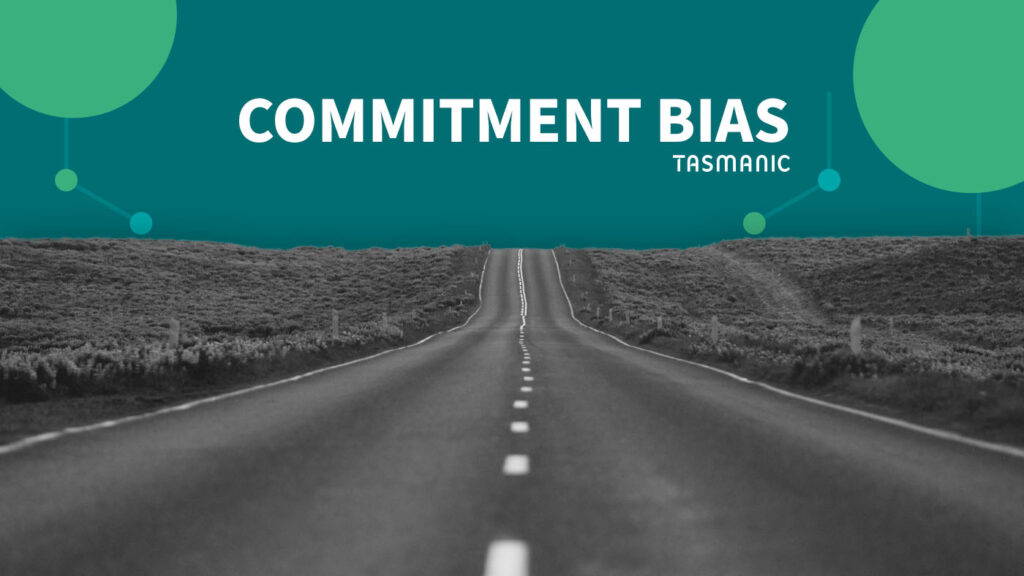
Introduction
Imagine smelling the aroma of freshly baked bread as you enter the supermarket; you are now a lot more likely to come out with a loaf of bread in your basket. This is a well-known example of the priming effect. In this article, we explore how the priming effect works and why it is so powerful. We share practical tips on how you can apply these insights to improve your own marketing campaigns.
What is the priming effect?
The priming effect occurs when exposure to a particular stimulus (the prime) influences the response to a later stimulus, without knowing that there is a connection between them (Lashley, 1951).
So our behavior and ideas are determined not only by conscious decisions, but also by unconscious stimuli. Often this stimulus is an everyday word or related to a particular image. Unconsciously, the priming effect can greatly influence our behavior, actions and decision-making. Thus, what we see, read or hear, the information we are exposed to, can unconsciously move us in a certain direction (Chartrand & Bargh, 1996). In the future, we are more likely to respond to related information when a stimulus has already occurred.
How does the priming effect occur?
Certain associations are triggered in your memory by the priming effect before any action or thought occurs. This is because the stimulus activates an associative network in our brain that is linked to previous experiences. Priming works subconsciously. We are also familiar with nudging, but that actually works consciously and deliberately encourages consumers.
We distinguish different forms of the priming effect, such as:
- Perceptual priming: equivalent visual forms or sounds, such as classical music in a fancy restaurant (Bargh, 2014). If you have to judge the restaurant at a later time, you will have perceived it as fancier.
- Conceptual priming: cause-effect priming, like white teeth in an advertisement for toothpaste. If you need toothpaste at a later time, you will think of this brand of toothpaste as giving you whiter teeth.
- Associative priming: aimed at creating associations, such as a pretty woman by a fast car. When you later encounter the car, you are more likely to find it beautiful and attractive.
- Repetition priming: repeated exposure to the same stimulus, making you notice it more quickly when you encounter it again.
- Affective priming: evoking emotions, such as happy children for an advertisement of toys. When you need a present for a child at a later time, you expect at least a happy reaction from this toy.
- Contextual priming: atmospheric images, such as a romantic couple at an advertisement for a restaurant or hotel. If you later drive by this hotel or restaurant, this seems like a good place for a date.
- Semantic priming: meaning affinity between words (Meyer & Schvaneveldt, 1971). The words "yellow" and "lemon," for example, where you recognize one word faster when you hear the other.
Examples in practice
- If you have seen an advertisement of a particular soft drink brand, your eye will be more likely to fall on this type of soft drink later in the store.
- Because of social media's algorithm and selective display of certain news stories, we can react to subsequent news coverage in a colored way based on this one-sided information.
- A color often subconsciously arouses a certain emotion. That's why you often see gyms using colors that incite action, such as red.
- In butter, cheese and eggs, it is harder to suddenly be O after a few rounds of X, because our brain is already primed with X. Upon seeing O, our brain immediately becomes active to defeat O, whereas you are now O yourself. You already have the association with O as your enemy.
Using the priming effect to your advantage
Priming often plays an important role in companies with recognizable brands. Priming can be a hidden factor influencing consumer decisions. A simple yet powerful technique, if applied correctly:
- With your ads, create a certain positive emotion and association that can encourage people to buy the product. The priming effect here makes people think positively about the product.
- Use scents or music to get people to act a certain way. For example, people buy more French wine when hearing French music (North, Hargreaves & McKendrick, 1997) and leave their (work) place cleaner when smelling a subtle lemon scent because they already associate lemon scent with cleaning (Holland, Hendriks & Aarts, 2005).
- Pay attention to your use of words. Choose specifically those words that might prompt certain actions or thoughts at a later time. Also use these words consistently in emails and newsletters, for example. Think about emphasizing 24/7 accessibility, help if you can't do it yourself or contact with real people if you want to make people feel instantly familiar later on when seeing your brand.
Resources
Bargh, J. A. (2014). "The historical origins of priming as the preparation of behavioral responses: Unconscious carryover and contextual influences of real-world importance." Social Cognition, 32 (Supplement), 209-224.
Chartrand, T. L., & Bargh, J. A. (1996). "Automatic activation of impression formation and memorization goals: Nonconscious goal priming reproduces effects of explicit task instructions." Journal of Personality and Social Psychology, 71(3), 464-478.
Holland, R. W., Hendriks, M., & Aarts, H. (2005). "Smells like clean spirit: Nonconscious effects of scent on cognition and behavior." Psychological Science, 16(9), 689-693.
Lashley, K.S. (1951). "The problem of serial order in behavior." Jeffress LA, editor. Cerebral mechanisms in behavior: The Hixon symposium. New York: Wiley, 112-146.
Meyer, D.E. & Schvaneveldt, R.W. (1971). "Facilitation in recognizing pairs of words: Evidence of a dependence between retrieval operations." Journal of Experimental Psychology; 90, 227-234.
North, A. C., Hargreaves, D. J., & McKendrick, J. (1997). "In-store music affects product choice." Nature, 390(6656), 132.
Is your company missing opportunities?
Our pay is based on your results.

















 Team
Team FAQ
FAQ Prices
Prices Vacancies
Vacancies Contact
Contact Marketing
Marketing SEO
SEO SEA
SEA Strategy
Strategy Sales
Sales Optimization
Optimization AWR
AWR Ahrefs
Ahrefs Channable
Channable ContentKing
ContentKing Leadinfo
Leadinfo Optmyzr
Optmyzr Qooqie
Qooqie Hubspot
Hubspot Semrush
Semrush




